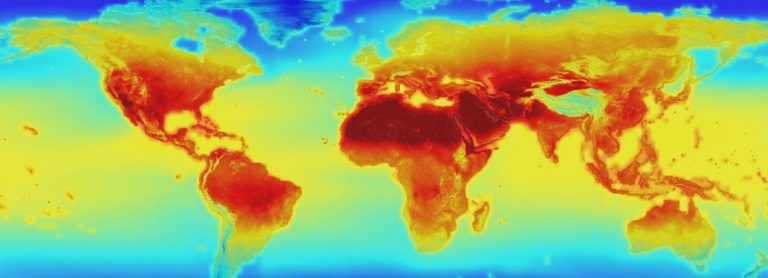Palm Oil from the African Oil Palm (Elaeis guineensis) accounts for over 50% of the world’s “vegetable oil” and is found in most processed foods, soaps, cosmetics and biofuels. (1)
The global consumption of palm oil is currently 60 billion kilograms per year and demand for palm oil is expected to double by 2050. (2)
Indonesia and Malaysia produce 84% of the world’s Palm Oil, however it’s also grown in Thailand, Colombia, The Congo and Nigeria.
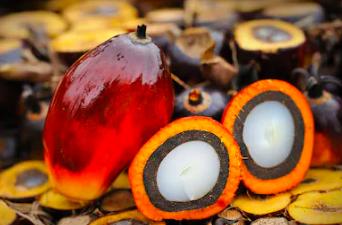
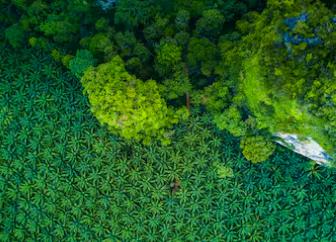
The palm oil industry has attracted a lot of criticism because of its practice of clear-felling rainforest and displacing indigenous communities.
Oil Palms only grow in Tropical regions where rainforest is the dominant vegetation type. Clear-felling rainforest for palm oil has caused widespread ecological damage throughout significant parts of Indonesia and Malaysia. (3)
Sumatra and Borneo are the last refuges for many endangered animals such as the Orangutan, Pigmy Elephant, Sumatran Tiger, Sun Bear and Sumatran Rhino.
Sumatra retains only 8% of its primary rainforest compared to 95% in 1950. Borneo has lost over 50% of its primary rainforest and currently has one of the fastest deforestation rates on earth. (4)

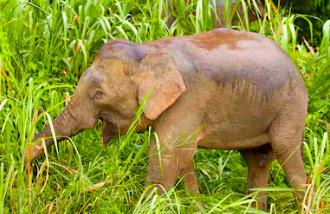
The rainforests in South-east Asia have been evolving for over 160 million years. They are some of the most diverse ecosystems on the planet containing over 20% of the world’s plant and vertebrate species. (5)
Historically, land cleared for Palm Oil is first logged, then burned and cleared.
Swamps and wetlands are drained, which dries out vast areas of peat. The peat has been accumulating for thousands of years and can be several metres thick.
When the peat is set alight, it can burn for years, releasing millions of tonnes of CO2 into the atmosphere. (6)

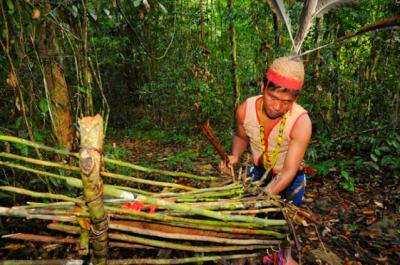
Indigenous communities have been forced from their homes to make way for palm oil plantations.
The indigenous people have relied on the rainforest for generations as their source of food and medicine. When their land is cleared, they have no choice but to work on the palm plantations.
Workers are forced to collect up to a tonne of palm fruits per day to meet their quotas. If their quotas aren’t met, their wages are cut. Employees earn as little as $2.50 a day and many workers rely on their wives and children to help meet their quotas. (7)
Many of the indigenous people had previously lived entirely off the land and never had to worry about money and finances.
They are promised a better life, but are forced to work in the plantations, struggling to make enough money to survive.
As the last of the indigenous people in Borneo are moved out of their forest homes, knowledge about the forest that has been passed down for generations is also lost.
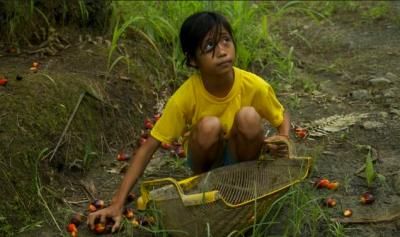
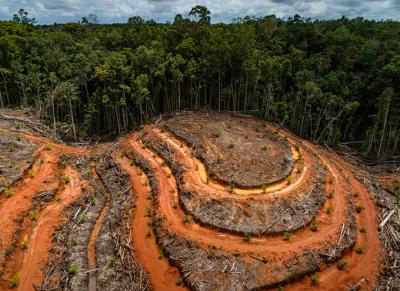
One of the last frontiers of undisturbed rainforest is in the Indonesian province of West Papua. Palm oil concessions have been granted in West Papua by the Indonesian government and vast areas of rainforest have already been cleared. The indigenous people of West Papua strongly oppose palm oil production. (8)
West Papuans have been fighting for their sovereignty since they were occupied by Indonesia in 1962. Originally of Melanesian decent, they were promised a referendum for Independence after the Dutch ended their colonisation in 1969. However only 1000 government selected officials were allowed to vote in the referendum and their land was handed over to Indonesia.
Since the conflict started, over 500,000 West Papuan civilians have been killed by Indonesia’s military. It has been described as one of the world’s worst cases of genocide, but it receives little media attention.
Indonesia is now building the Trans-Papua Highway through the middle of West Papua, opening up the forest for the first time in history.
The opportunities for mining, logging and palm plantations will be greatly enhanced, placing more pressure on the rainforest and indigenous populations.
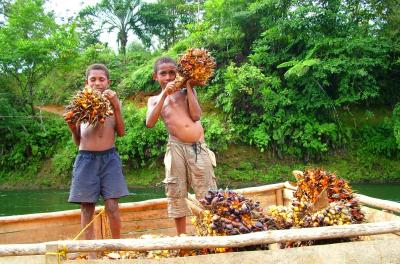
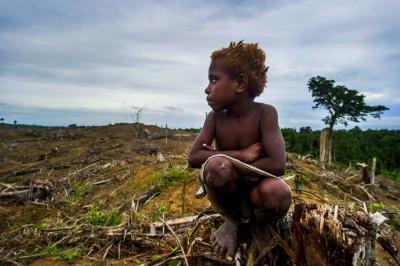
Some attempts have been made to make the palm oil industry more sustainable including the formation of the Roundtable on Sustainable Palm Oil (RSPO). The RSPO have developed a set of environmental and social criteria that Palm Oil producers must meet in order to be certified as sustainable. This has made some impact to reduce the rate of deforestation, however the supply chain is complex and difficult to enforce. Rainforest is still being cleared for Palm Oil that is labelled as sustainable. (3)
The Worldwide Fund for Nature (WWF) has campaigned vigilantly to raise awareness of the issues in the palm oil industry and persuaded large corporations to only buy certified sustainable palm oil (CSPO).
The farming practices used to produce palm oil are not sustainable in the long term. Very little biomass is being returned to the soil, so palm plantations require large amounts of synthetic fertilizer. Weeds are sprayed with highly toxic Paraquat herbicide that is banned in 32 countries.
Women workers are forced to apply fertilizer and spray weeds without proper safety protection. Each worker must apply 300kgs of fertilizer and spray 300L of herbicide per day to meet their quotas. Many suffer from skin rashes and the use of Paraquat has been linked to Parkinson’s disease. (9) (10)
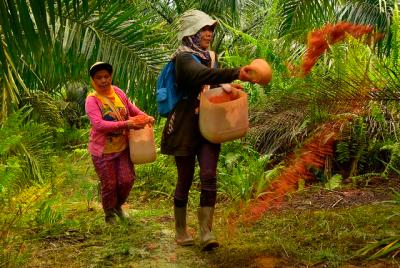
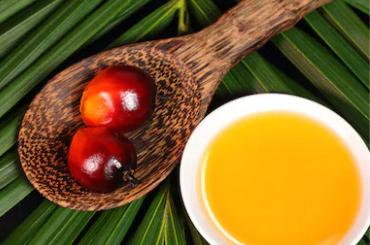
The biggest driver of palm oil consumption is biofuel. Often marketed as green fuel, biofuels account for over half the consumption of palm oil worldwide. Europe started moving towards biofuels to reduce carbon emissions after their commitment to the Paris climate change agreement.
It has since been found that biodiesel made from palm oil releases up to 3 times as much CO2 into the atmosphere as diesel made from fossil fuels when deforestation is taken into account. Palm oil is now being marketed to other developing countries as a cheap fuel, pushing up demand. (11)
A recent win for the forests is a 3-year moratorium on any new palm oil concessions within Indonesia. Indonesian President, Joko Widodo, signed the moratorium on September 2018 in response to the 2015/16 wildfires.
The fires burned through large sections of Sumatra and Borneo devastating the forest and causing a smoke haze that spread throughout the whole of Indonesia, causing over 100,000 premature deaths. (12)
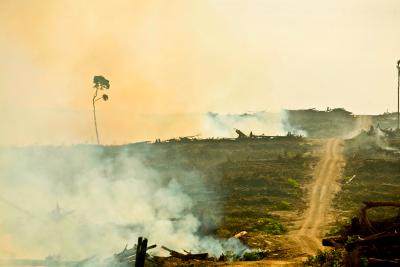
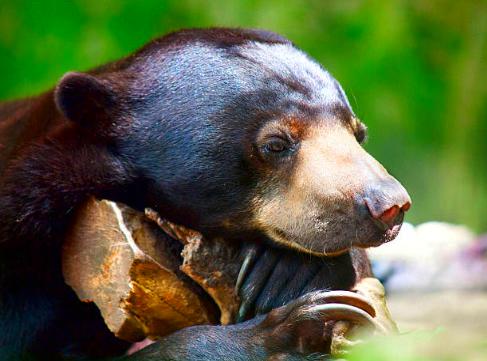
The effect of deforestation on wildlife, caused by Oil Palm Plantations, has been dramatic. Wildlife that wanders into the plantations becomes lost in the vast monoculture and often starves to death. (13)
The illegal pet and animal trade is common throughout South East Asia. Many orangutan mothers are killed for their infants, who are sold as pets on the black market. Orangutans do not cope well in captivity and the ones that are rescued need long-term rehabilitation.
An Orangutan stays with its mother for 7-8 years, learning how to survive in the forest. During that time, it creates a mental map of its entire home range and its mother teaches it how to harvest over 300 types of fruit and plant species.
An Orangutan needs a minimum home range of 850 hectares for females and 2500 hectares for males. (14)
Orangutan populations in Borneo have reduced by over 50% in the last 20 years. Orangutans were placed on the critically endangered list in 2016.


Natural, cold pressed palm oil is a dark orange colour, rich in beta carotenes and essential fatty acids.
However, the palm oil used in processed foods is chemically refined using a strong alkali base to remove the fatty acids. It is then bleached and deodorised. The final product is pure white saturated fat with a long shelf life and almost no taste or smell. (15)
Refined palm oil is used in chocolate, ice cream, biscuits, chips, bread, breakfast cereal, peanut butter, margarine, fried food, pizza, fast food, pet food, soaps, creams, lotions, sun screen, cleansers, moisturisers and makeup. Avoiding palm oil in everyday products is almost impossible.
It comes under a multitude of names including Vegetable oil, Vegetable emulsifier, Vegetable glycerin, Palmitate, Sodium Laureth Sulphate, Glyceryl Stearate, Stearic Acid, Sodium Lauryl Sulphate, Cetyl palmitate, Caprylic acid, Cetearyl alcohol, Glyceryl oleate, Linoleic acid, Olivem 1000, PEG-150 Distearate, Potassium stearate, Fatty acid, Sorbitan olivate, Sorbitan palmitate and Tocopheryl linoleate, just to name a few.


Palm Oil is here to stay, but the industry needs much improvement. People can help by choosing products that are palm oil free, writing emails to industry and government bodies and sharing information on social media.
It’s not too late to save the remaining rainforest. As awareness increases, governments and corporations are being pressured into making real changes to save our vital rainforest ecosystems.
References
- Barcelos E., De Almeida Rios, S. (2015) Oil palm natural diversity and the potential for yield improvement. Frontiers in Plant Science. p290. Published March 2015.
- Statista (2018) Production volume of palm oil worldwide from 2012/13 to 2017/18. https://www.statista.com/statistics/613471/palm-oil-production-volume-worldwide
- Carlson K., Heilmayr R. (2018) Effect of oil palm sustainability certification on deforestation and fire in Indonesia. PNAS January 2, 2018 115 (1) 121-126.
- Margono B., Potapov P, (2014) Primary forest cover loss in Indonesia over 2000–2012. Nature Climate Change volume 4, pages 730–735 (2014).
- Myers N., Mittermeier R. (2000) Biodiversity hotspots for conservation priorities. Nature volume 403, pages 853–858 (24 February 2000)
- Hua Y., Fernandez-Anez N. (2018) Review of emissions from smouldering peat fires and their contribution to regional haze episodes. International Journal of Wildland Fire 2018, 27, 293–312
- Sawit Watch (2008) Losing Ground – report on indigenous communities and oil palm development. Forest Peoples Programme. 28 February 2008.
- NEPCon (2017) Palm Oil Risk Assessment Indonesia – West Papua. Country Risk Assessments. Version 1.1 l August 2017.
- CIFOR (2017) Women in Palm Oil. Center for International Forestry Research (CIFOR) Indonesia, Published on Mar 2, 2017
- Berry C1, La Vecchia C, Nicotera P. (2010) Paraquat and Parkinson’s disease. Cell Death Differentiation. 17 Jul 2010 pp1115-25. Epub
- Beer T., Grant T. and Campbell P. (2007) The Greenhouse and air quality emissions of biodiesel blends in Australia. Published by CSIRO August 2007.
- Koplitz S., Mickley, L. (2016) Public health impacts of the severe haze in Equatorial Asia in September–October 2015. Environmental Research Letters, Volume 11, Number 9. Published 19 September 2016 by IOP Publishing Ltd.
- Jonas H., Abram, N. and Ancrenaz M. (2017) Addressing the impact of large-scale oil palm plantations on orangutan conservation in Borneo. Research Report June 2017 Land acquisition and rights, Biodiversity.
- Singleton I., Van Schaik C. (2001) Orangutan Home Range Size and Its Determinants in a Sumatran Swamp Forest. International Journal of Primatology, December 2001, Volume 22, Issue 6, pp 877–911
- Gibon V., De Greyt W., Kellens M. (2007) Palm oil refining. European Journal of Lipid Science and Technology. Published 12 April 2007


